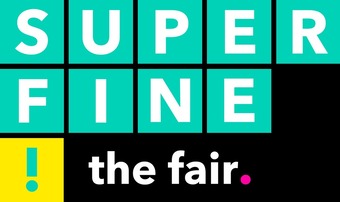
Superfine! The Fair (1001 Ocean Dr., Miami Beach) has moved to Miami Beach for 2018 Don't worry, they are still bringing the same, fun, eclectic mix of artists and events. It is just in a new location.
"Superfine! was created to fill a space in the art market that we felt was not being addressed--a place for working contemporary artists to connect with both emerging and established collectors to sell artwork that's diverse, affordable, and accessible," says Alex Mitow, director of Superfine!. "Over the last four years, we've seen incredible growth which has further confirmed what we always thought - that the art market is larger than just the 1%, and that there's a huge market for making art more accessible to a wider and more diverse audience."
There are currently Superfine! fairs in four cities: Miami Beach, NYC, Los Angeles and Washington D.C. There will be a fith city in 2019 and a sixth in 2020.
Among the artist participating this year are Monica Jahan Bose, Abi Salami and Adam Christopher Reed (and many others).
Salami, based in Dallas, was initially trained as an accountant.
"I literally have to turn off the accounting part of my brain to be able to create the whimsical, surrealistic type of art that I like to create. But my accounting background has been vital to running the business component of my art career. I
wanted to go to art school, but growing up in a strict Nigerian household, that was never really a choice. I was strongly encouraged by my parents to major in something more 'practical' such as accounting," she says. "At the time, I didn’t
appreciate my parents making me choose a major that I knew I would not ultimately be happy with, but looking back now, I am so thankful. My experiences working in corporate accounting and finance have been invaluable to me as a self-taught artist trying to navigate the mysterious art world."
Salami's is bringing her latest series, The Unforgiven Sins of Eve’s Apple, to Superfine!. The work springs from a single painting, The Duality of Temptation.
"I decided to create the series after the public spectacle around the appointment of Brett Kavanaugh as Supreme Justice despite the sexual harassment allegations against him. It was horrific watching how Dr. Christine Blasey Ford, a reputable, educated women, was ridiculed for being brave enough to come forward to tell her story," she says. "There is a piece in the series called Whore or Harlot which addresses how negatively women are treated when they make sexual assault allegations against a public figure even if these women conform to society’s expectations of a 'good woman'."
She wanted to create a series depicting how women are perceived in Western society. The series has an intentional sexual component. The "sexual parts" of the women are (in several pieces) depicted while their heads are apples.
"The fact that they have apples instead of heads represents the fact that society doesn’t really want women who think for themselves and the apple itself is a biblical reference to Eve biting into the Forbidden Fruit and committing the very first sin – a sin that has since been used as justification for the countless crimes committed against women even to this very day," says Salami.
She adds that credit is due to masters such as Salvador Dali, Rene Magritte and Frida Kahlo. There is a surreal aspect to her work
"They don’t have arms because arms represent, at least superficially, the ability to be self-sufficient. The lack of arms prevents Eve’s Apples from doing anything for themselves, shaping their own future or creating the change that is necessary to make their lives easier. Eve’s apples are oversexed, provocative, but completely thoughtless and helpless." she says.
This is the first time the artist has shown her work outside of Texas.
"I am thankful to Superfine! for providing this type of forum for artists like myself to reach a demographic (aka Millennials and Xennials) that I feel is being not being properly catered to. I am so happy to be part of their movement of foster relationships with young art collectors and I look forward to meeting all the other artists and exhibitors." says Salami.
Get tickets to Superfine! HERE
More on Abi Salami
"I think my pictures are at their best when two reactions intersect. First, there’s the childish recognition of a familiar scene or character emerging from an unrelated context," he says. "This part is kind of like a joke or a riddle. Then comes a feeling of unease arising from that context: animal skulls, cpr masks, etcetera."
Reed has also created graphic novels but these are a tad different from his paintings.
"The graphic novels that I’ve done have more of a satirical nature than can be found in these paintings, but I will say that the strategy used in putting together these scenes is similar to the abstraction of cartooning in a way," he says. "That may seem like a stretch, but it makes perfect sense to me!"
A few years ago he helped a friend at a solo exhibition in Cologne, Germany and was inspired to work on exhibiting his art.
"The more I looked into Superfine!, the more it seemed like a good fit. Superfine!’s commitment to accessibility was a huge encouragement to me. I’ve been working for quite a while but I am not established by any means, and the opportunity to communicate with an art market that is open-minded and engaged is invaluable to me," says Reed. "And of course, Miami Beach has a famous aesthetic which somehow, maybe subconsciously or maybe second or third-hand, seems to have found its way into my work."
Find out more about Adam Christopher Reed
"In Rising UP I’ll be working with a group of Miami women to speak to women’s leadership and resilience in the face of climate change. We will use blue saris, water, coconuts, singing, and writing climate pledges, to create a 90 minute
climate art action that goes from the fair to the rising sea." says Jahan Bose.
Other special events include Can I Collect? Becoming an Astute Art Collector and LGBTQ+ Art Film Series. Keep in mind these are just two of a NUMBER of special events. Go to the EVENTBRITE SUPERFINE page for more details (and to get tickets).
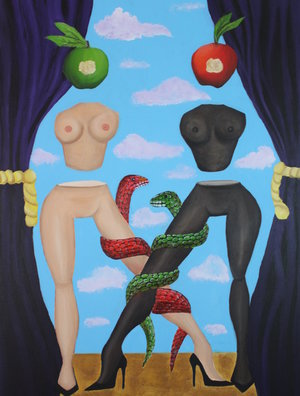
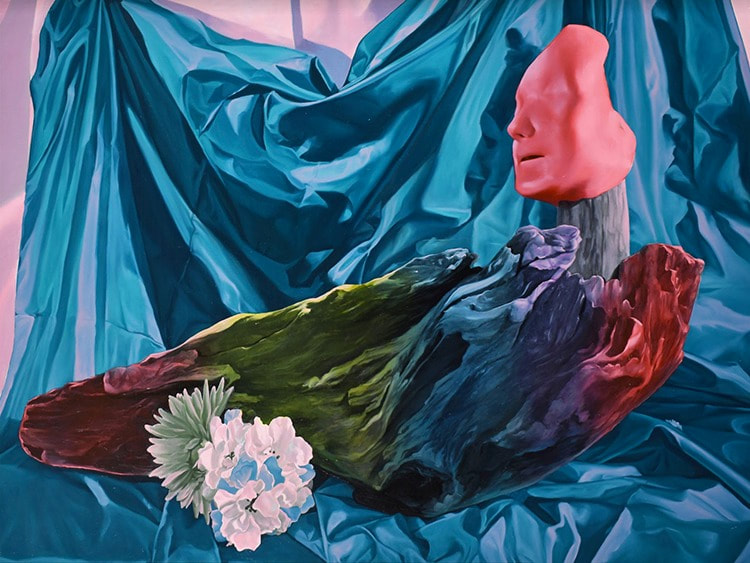
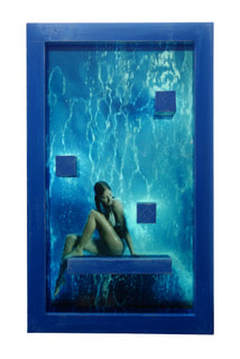
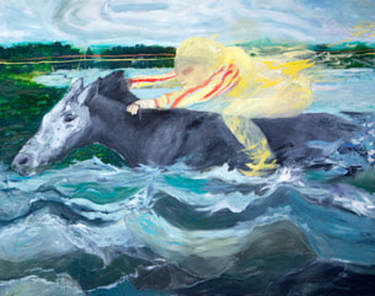
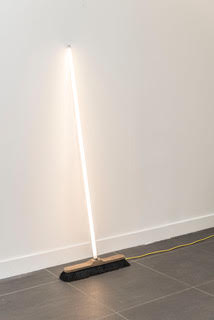
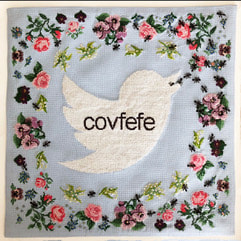
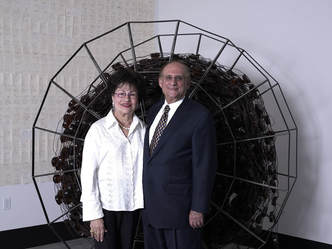
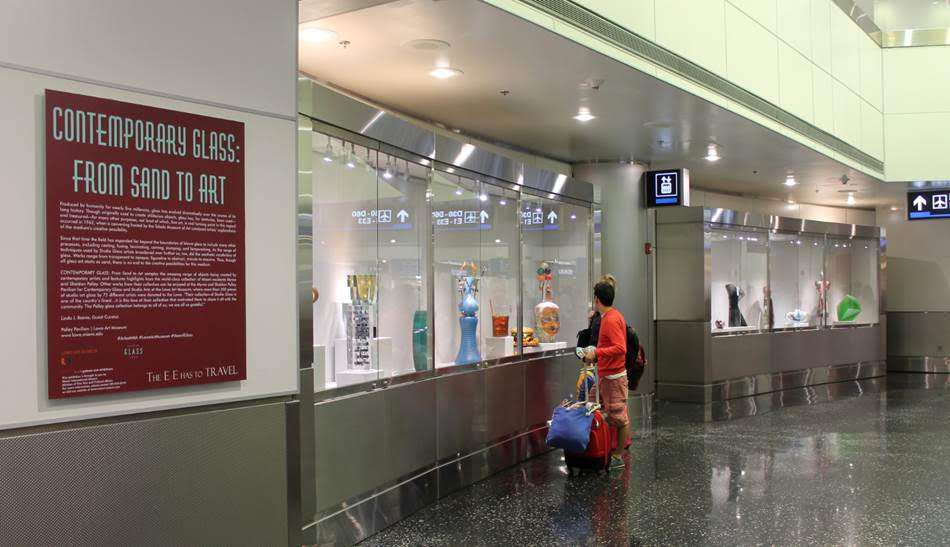
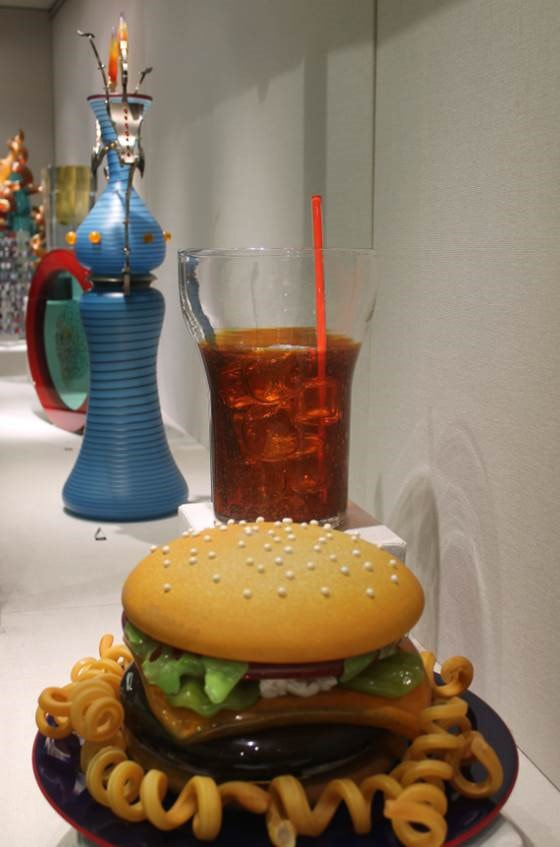
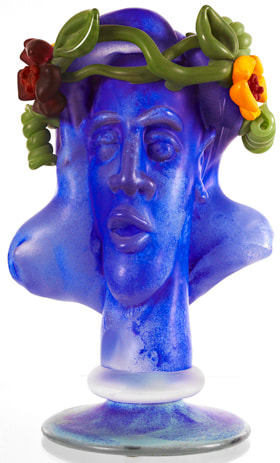

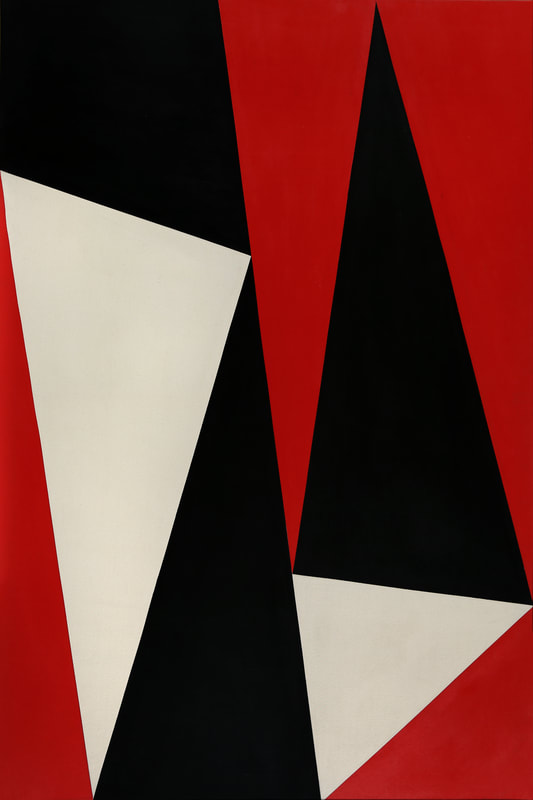

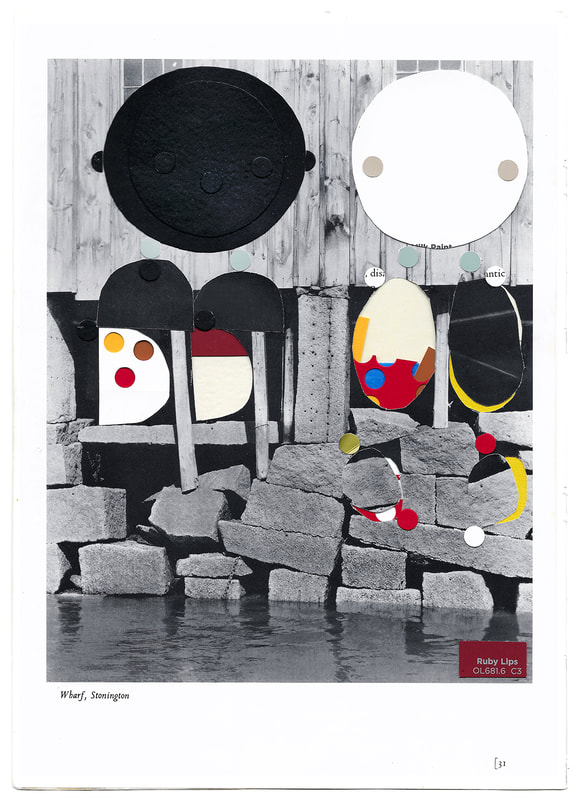
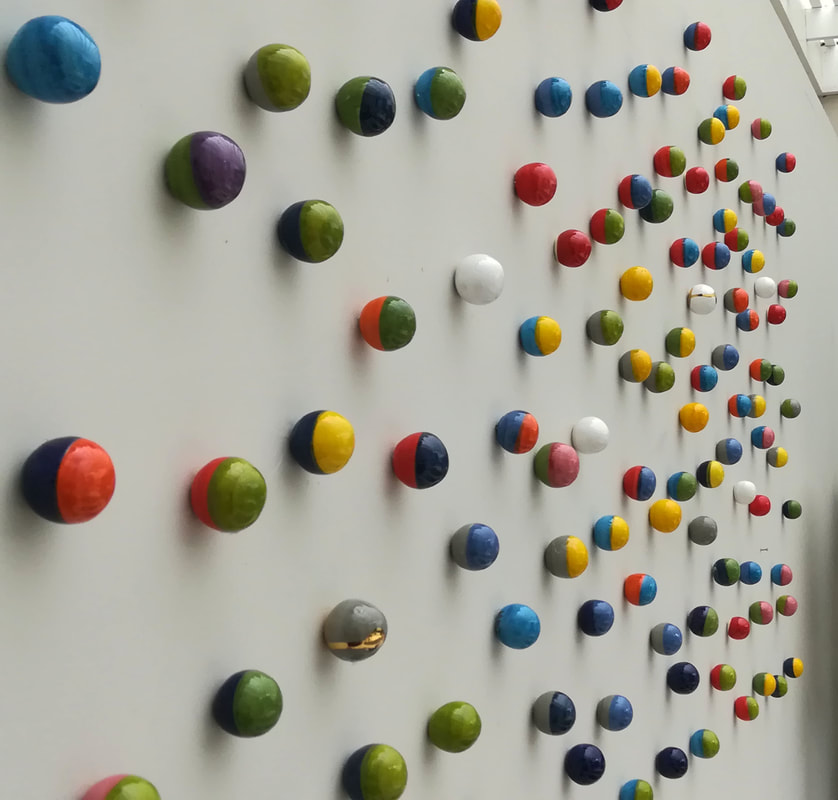
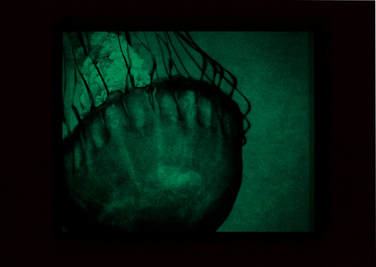
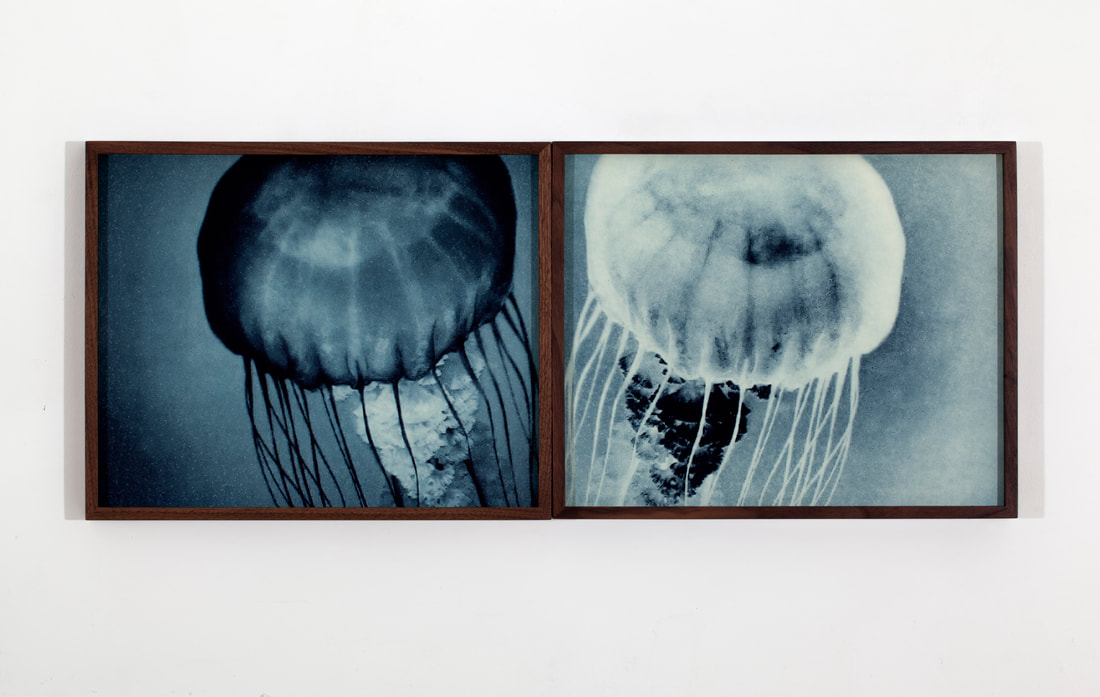
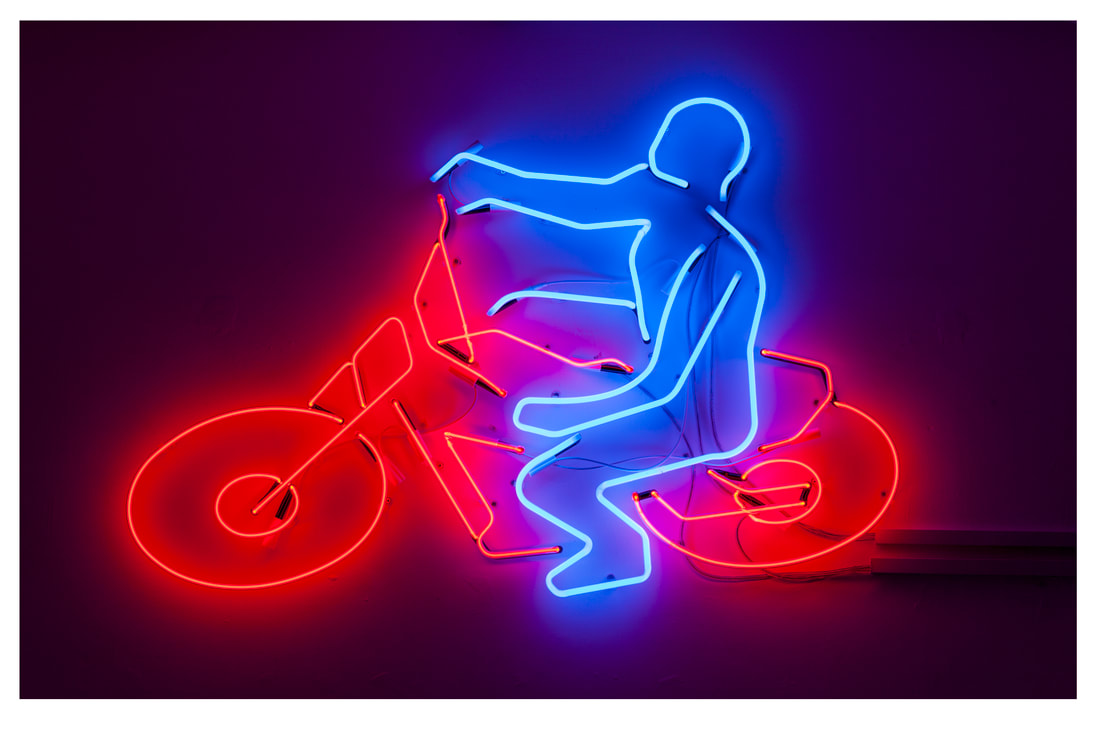
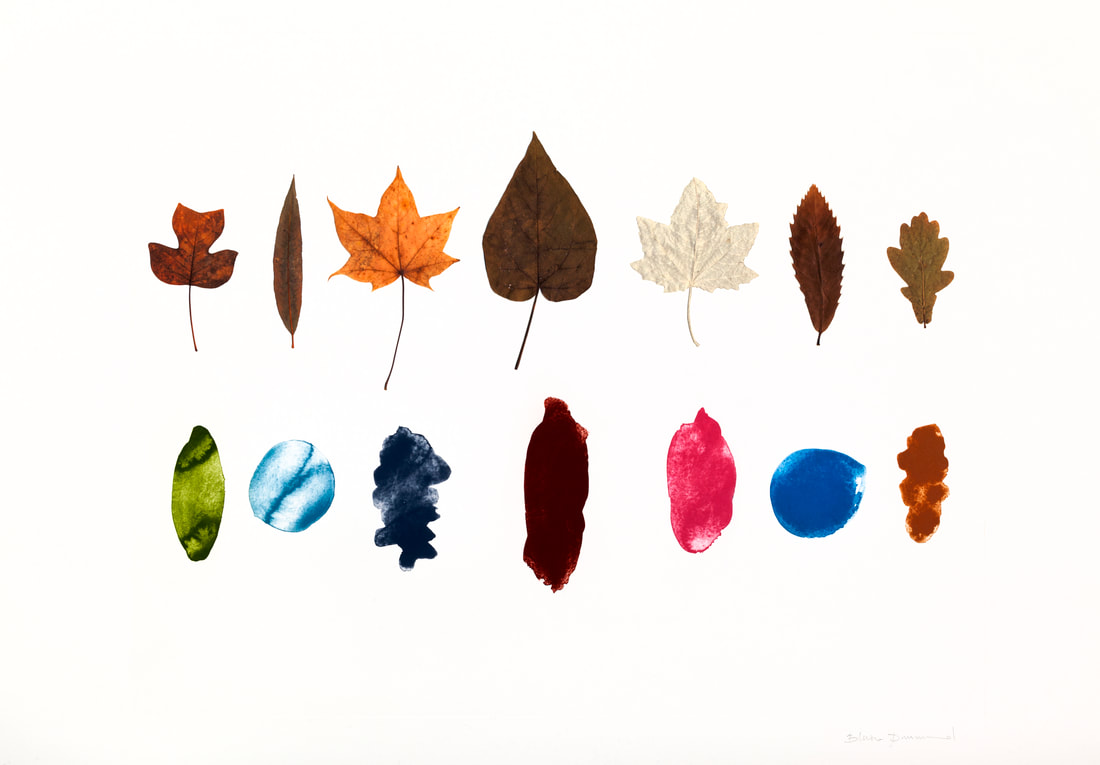

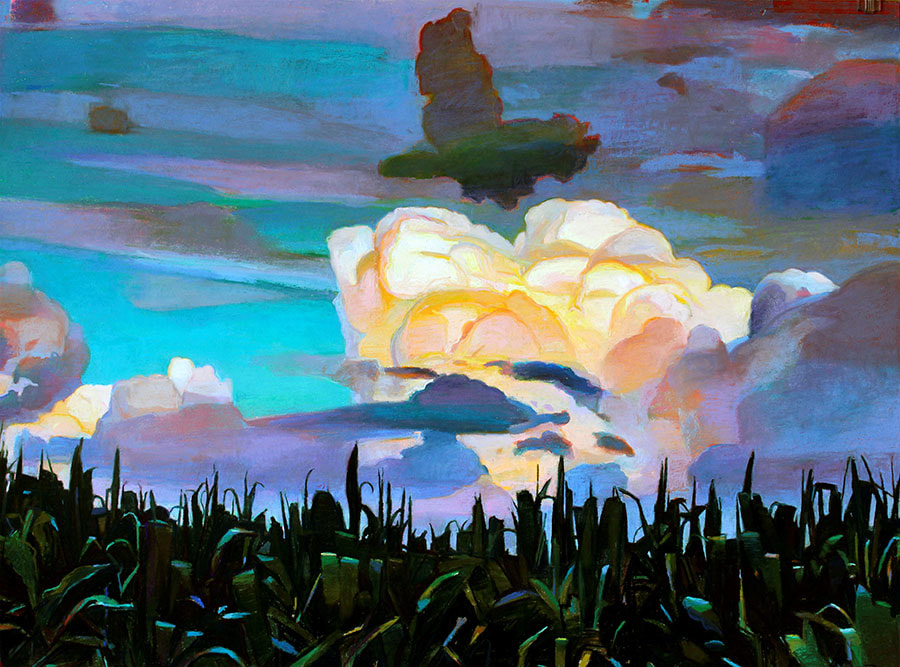
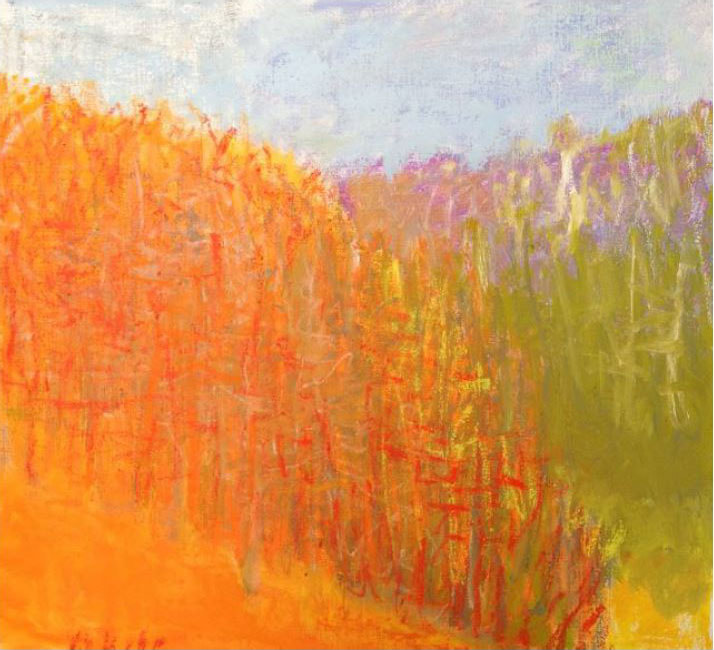
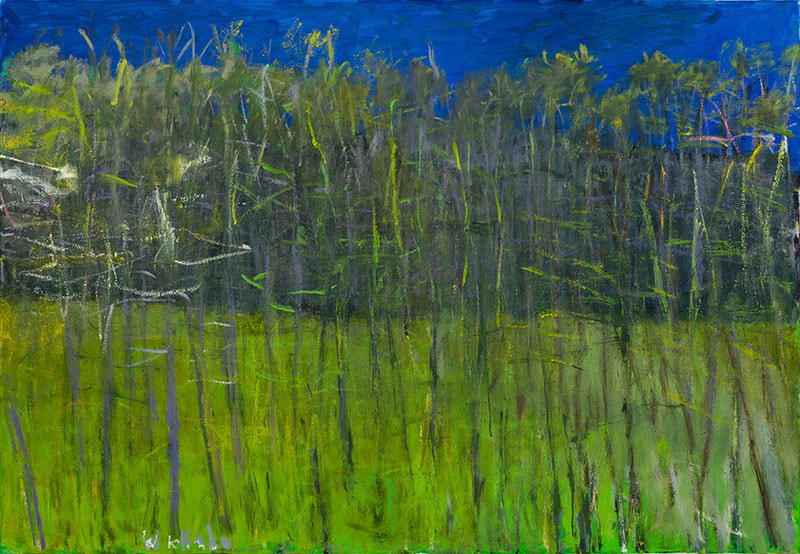
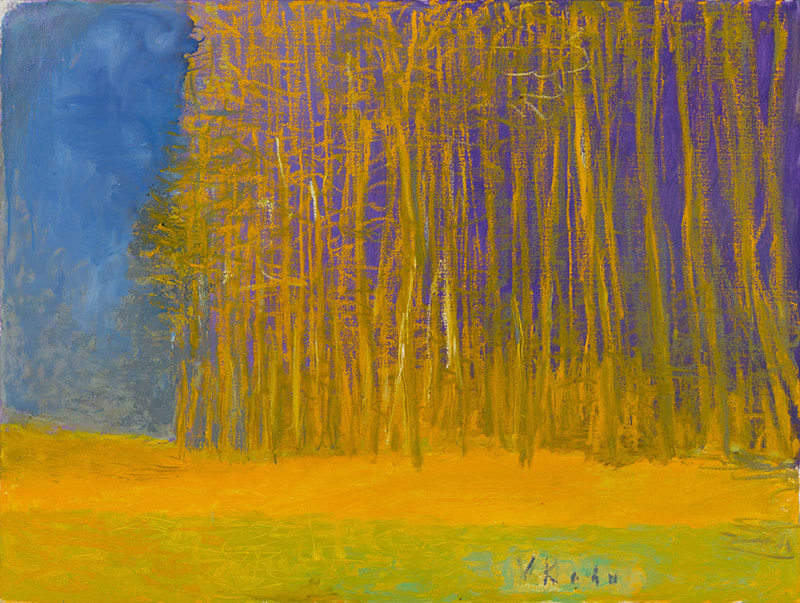
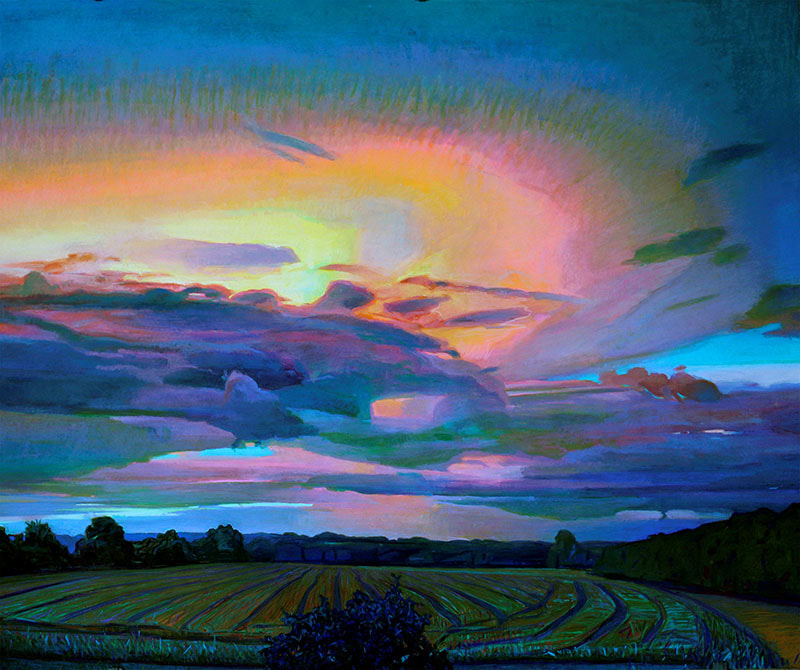
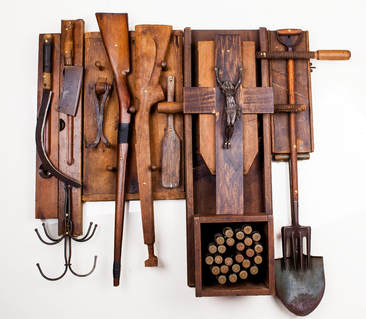
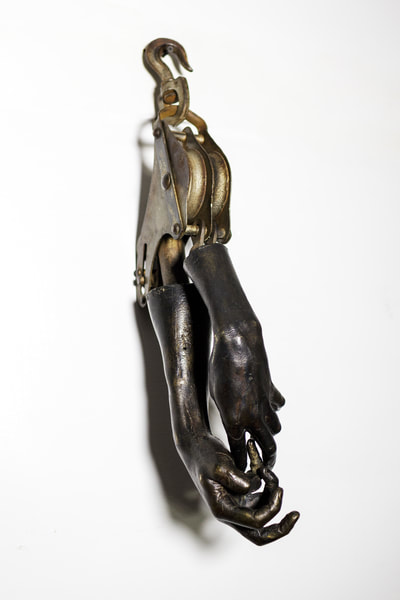
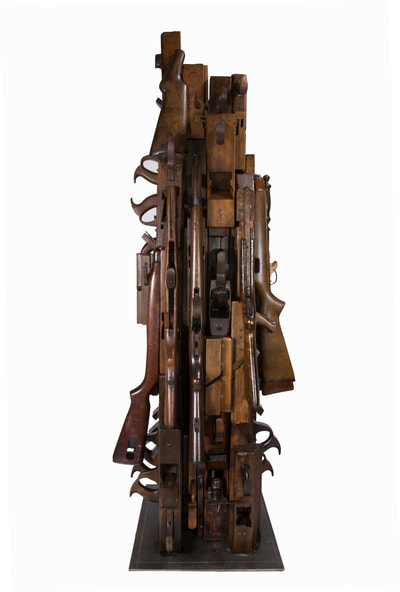
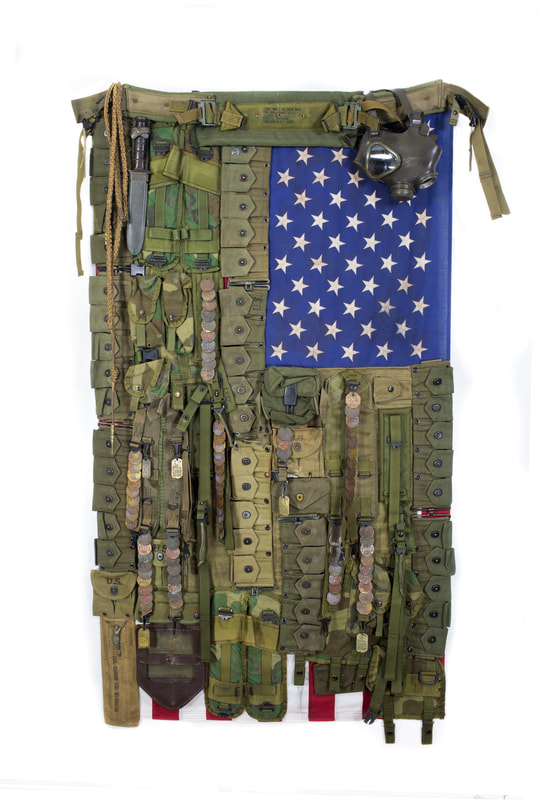
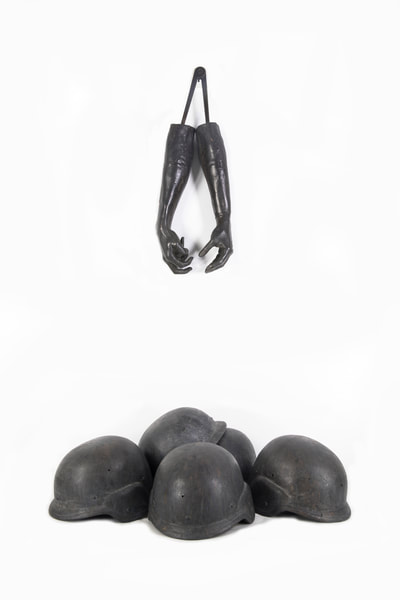
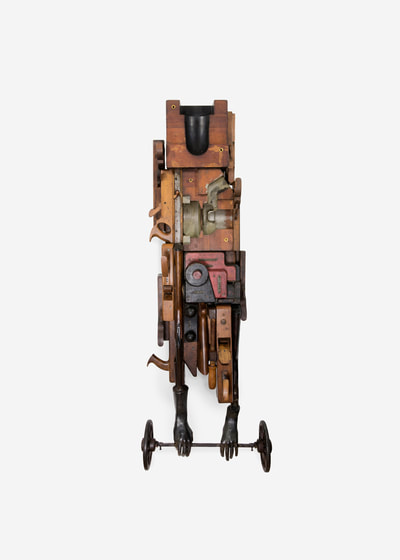
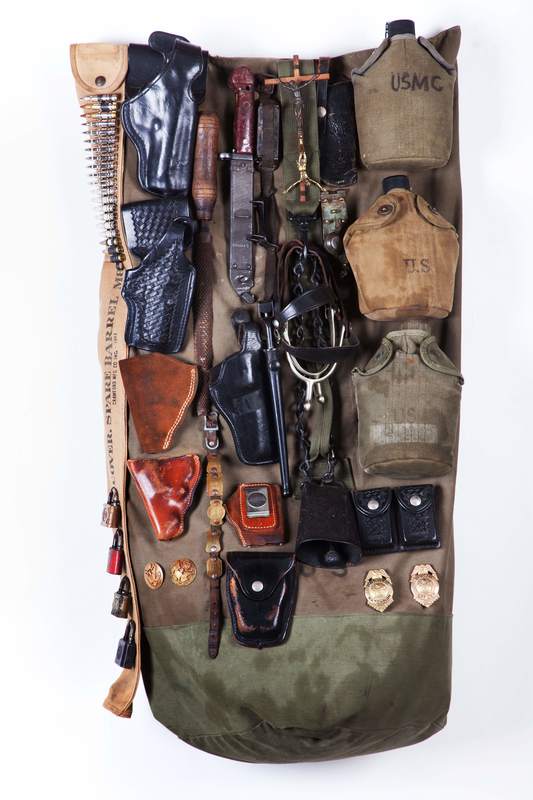
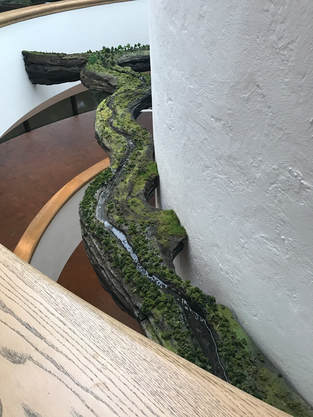
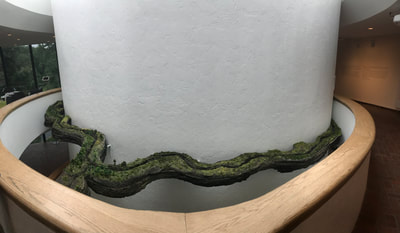
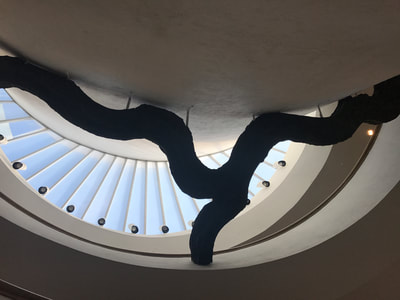
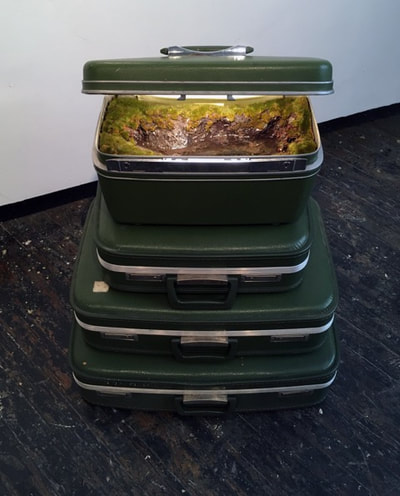
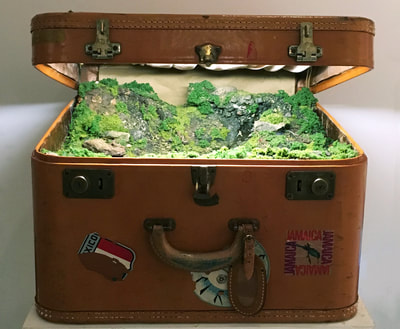
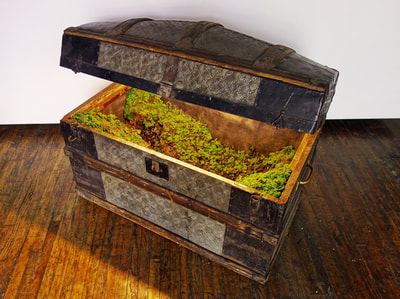
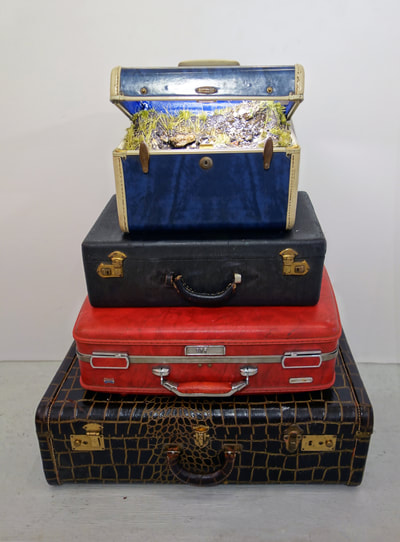

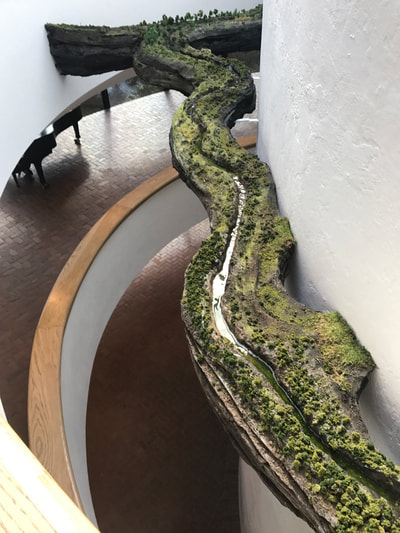
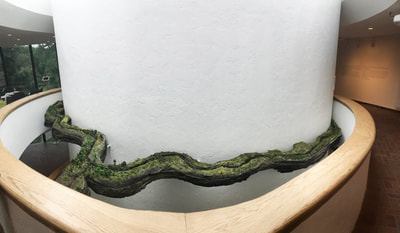
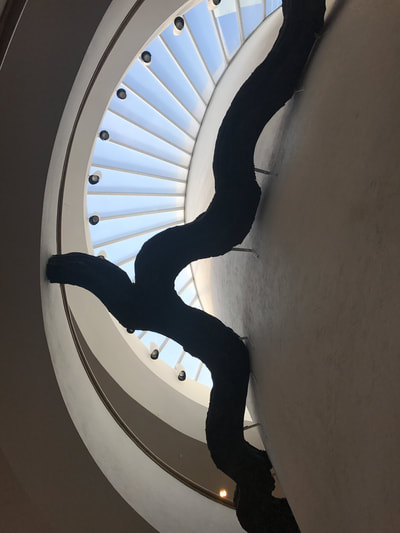


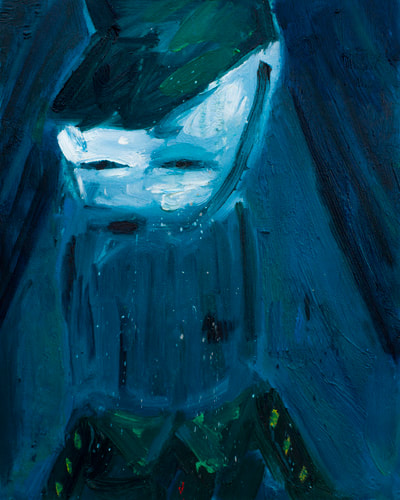
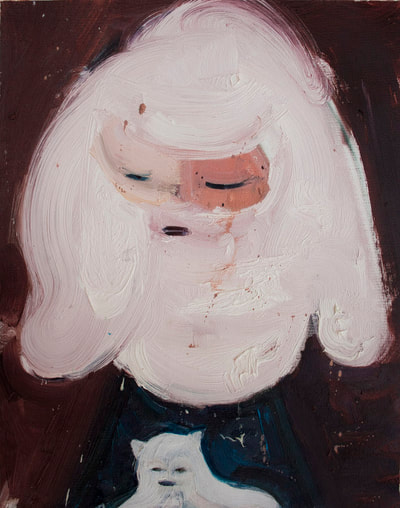
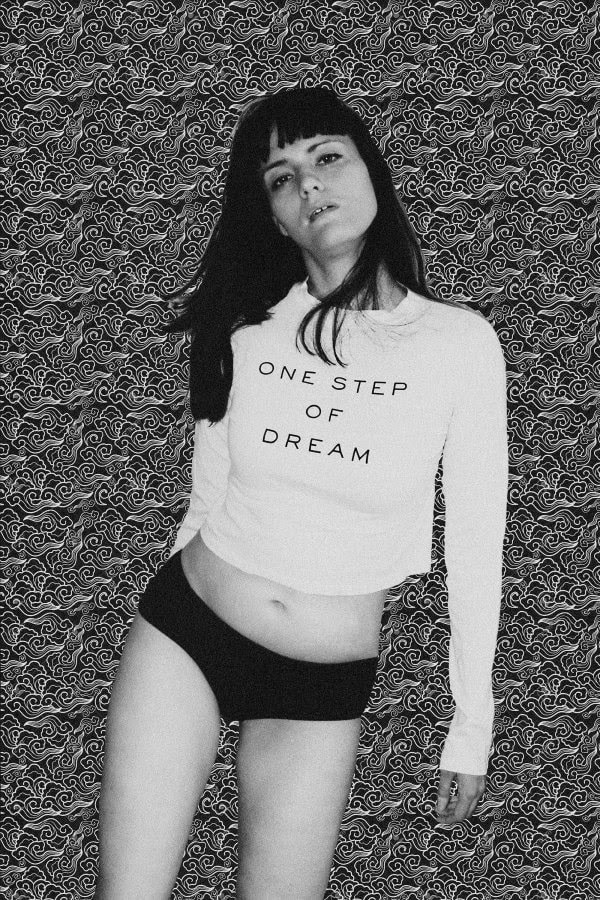
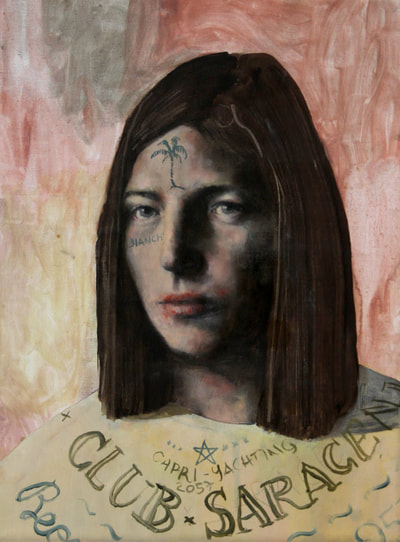
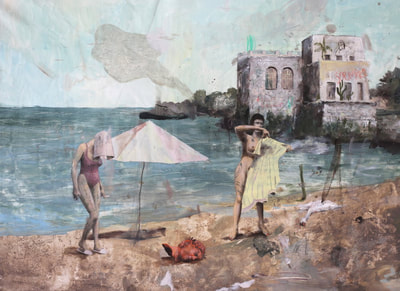
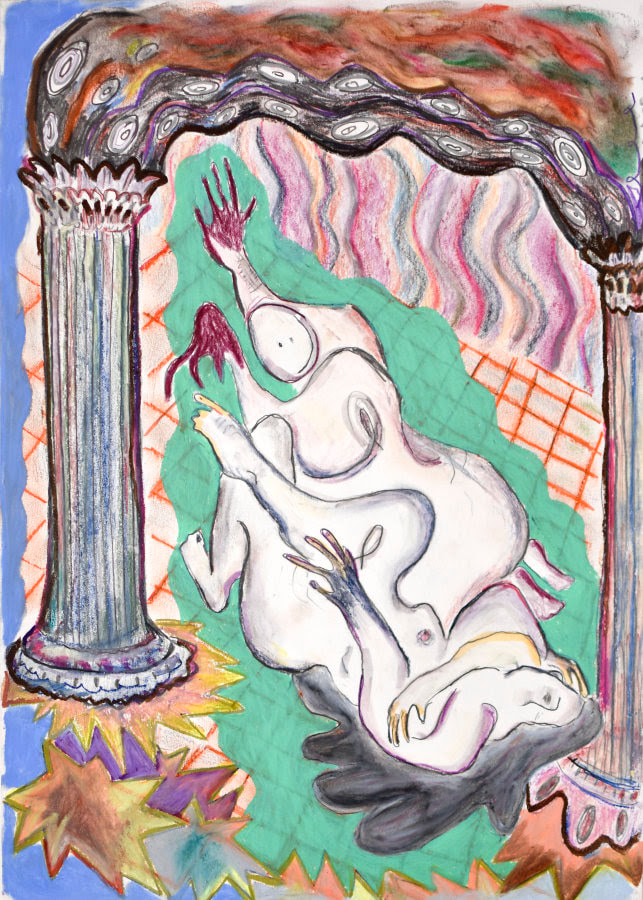
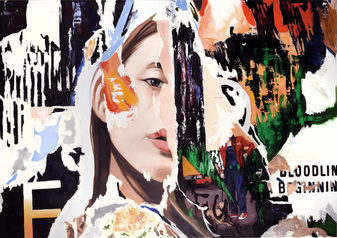
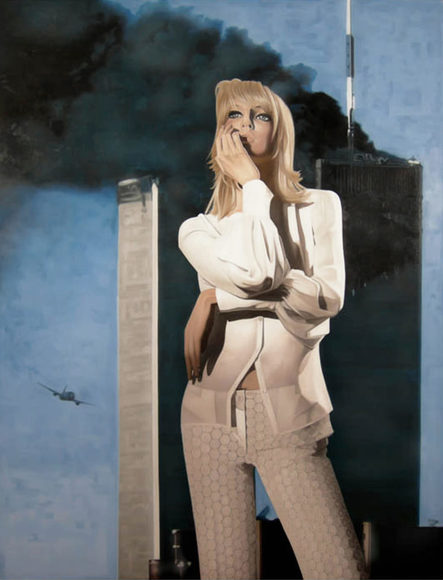

 RSS Feed
RSS Feed